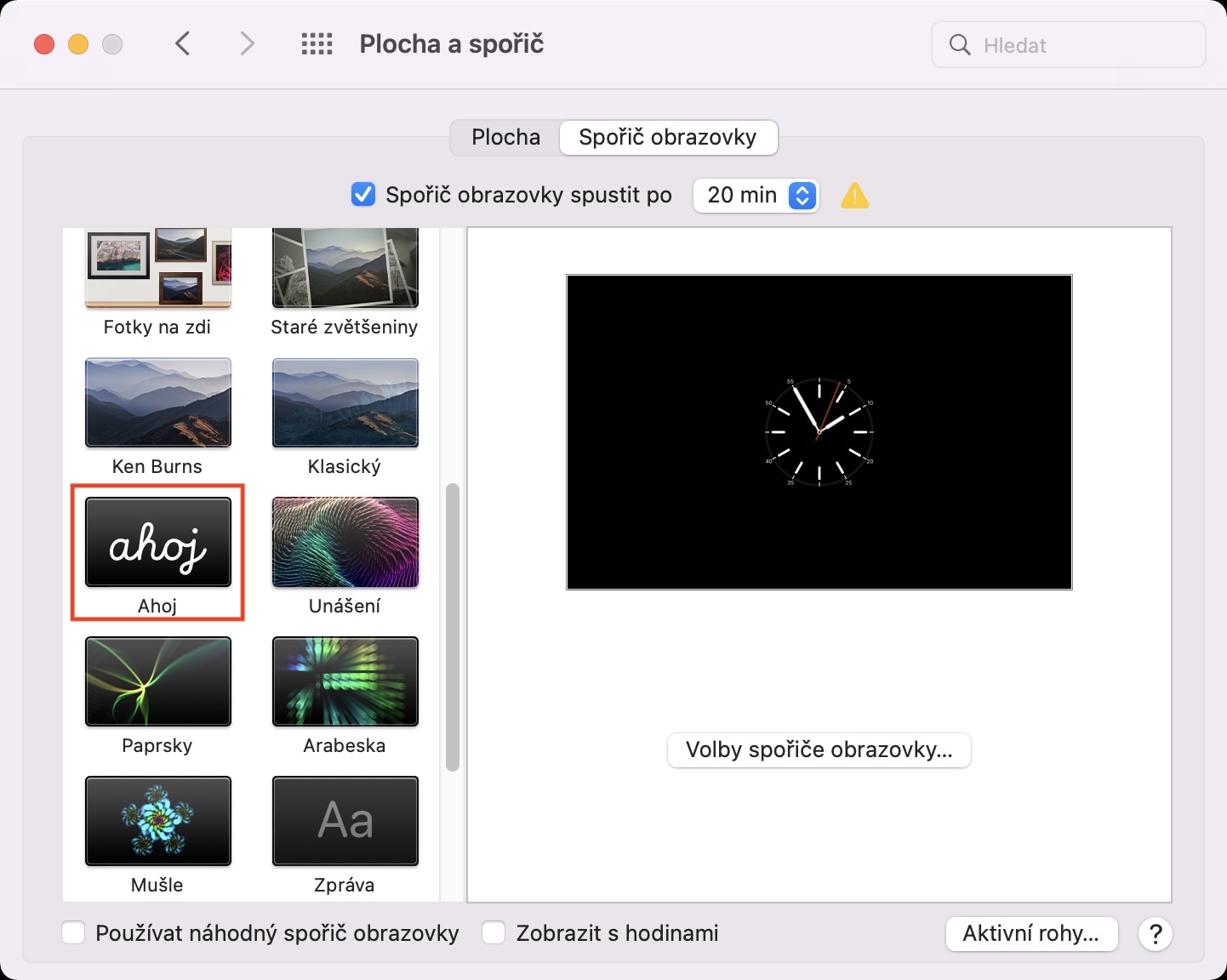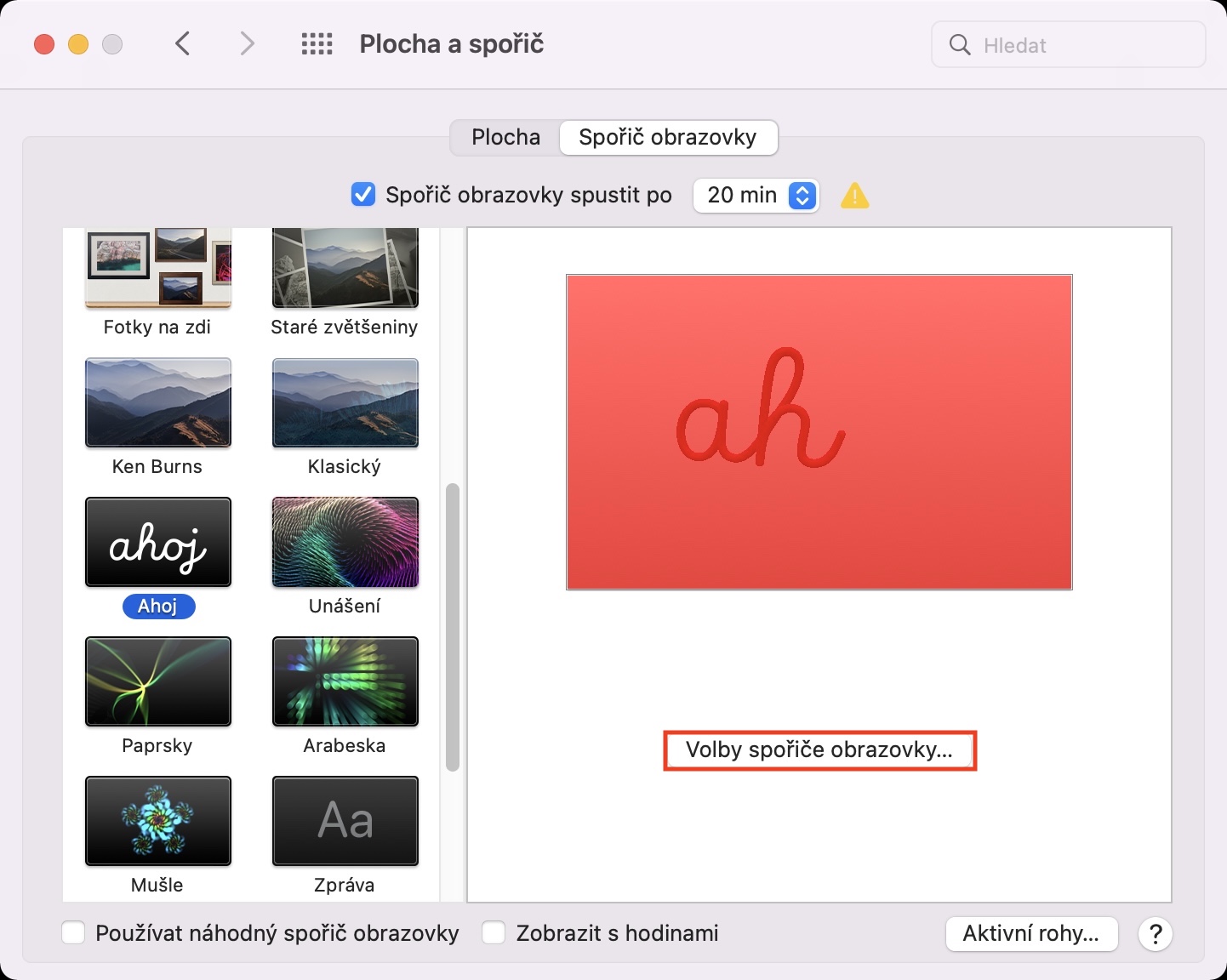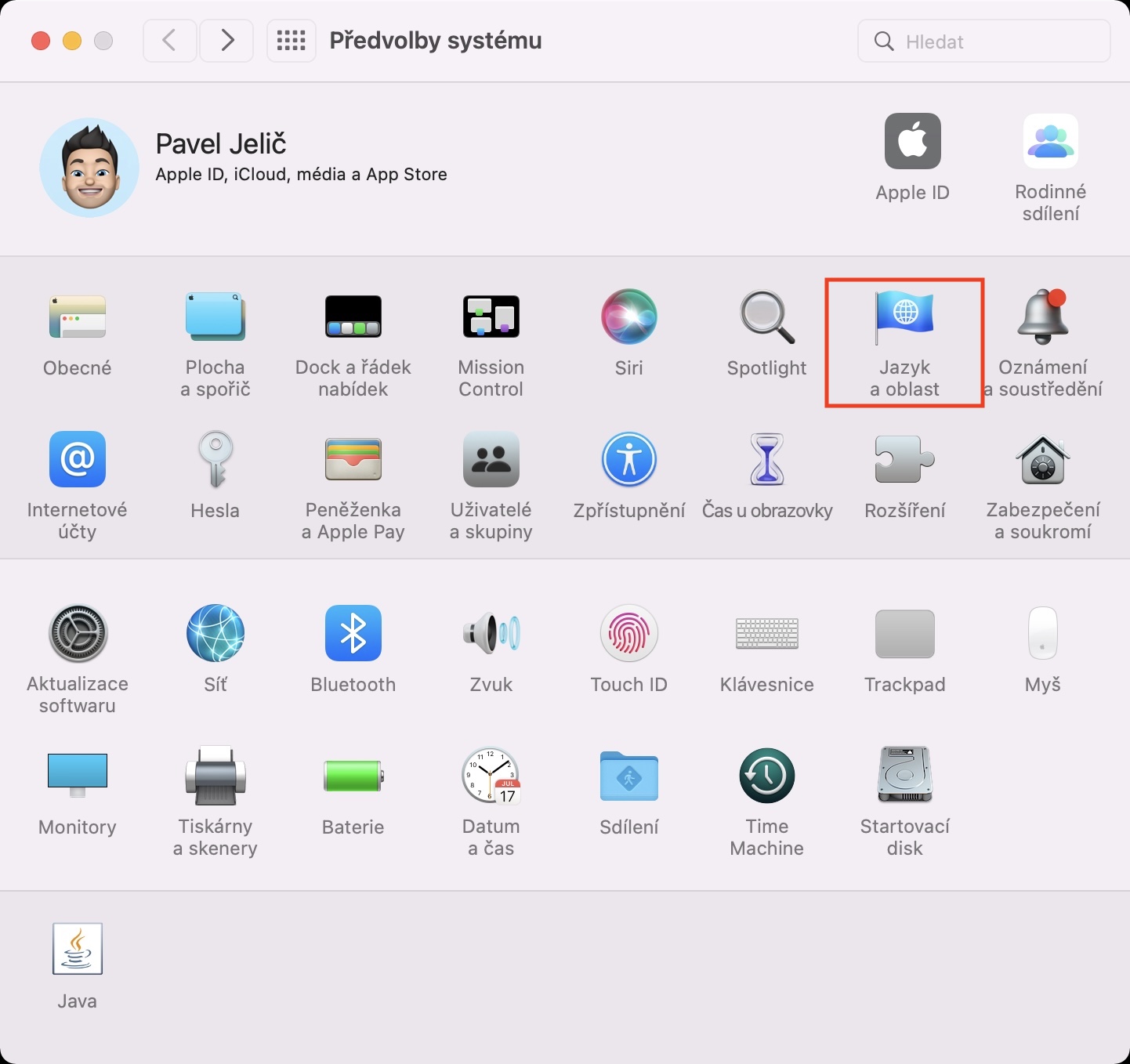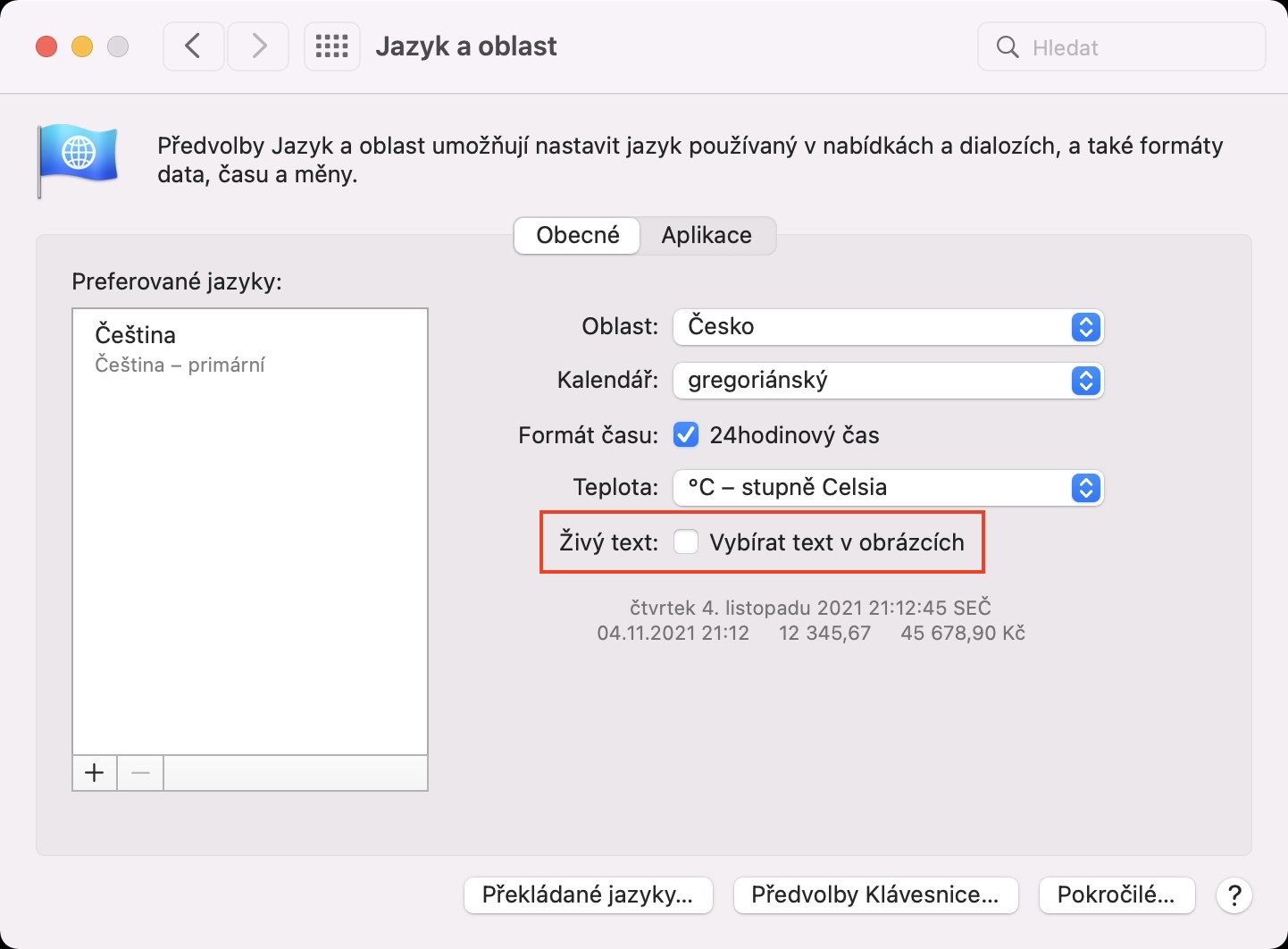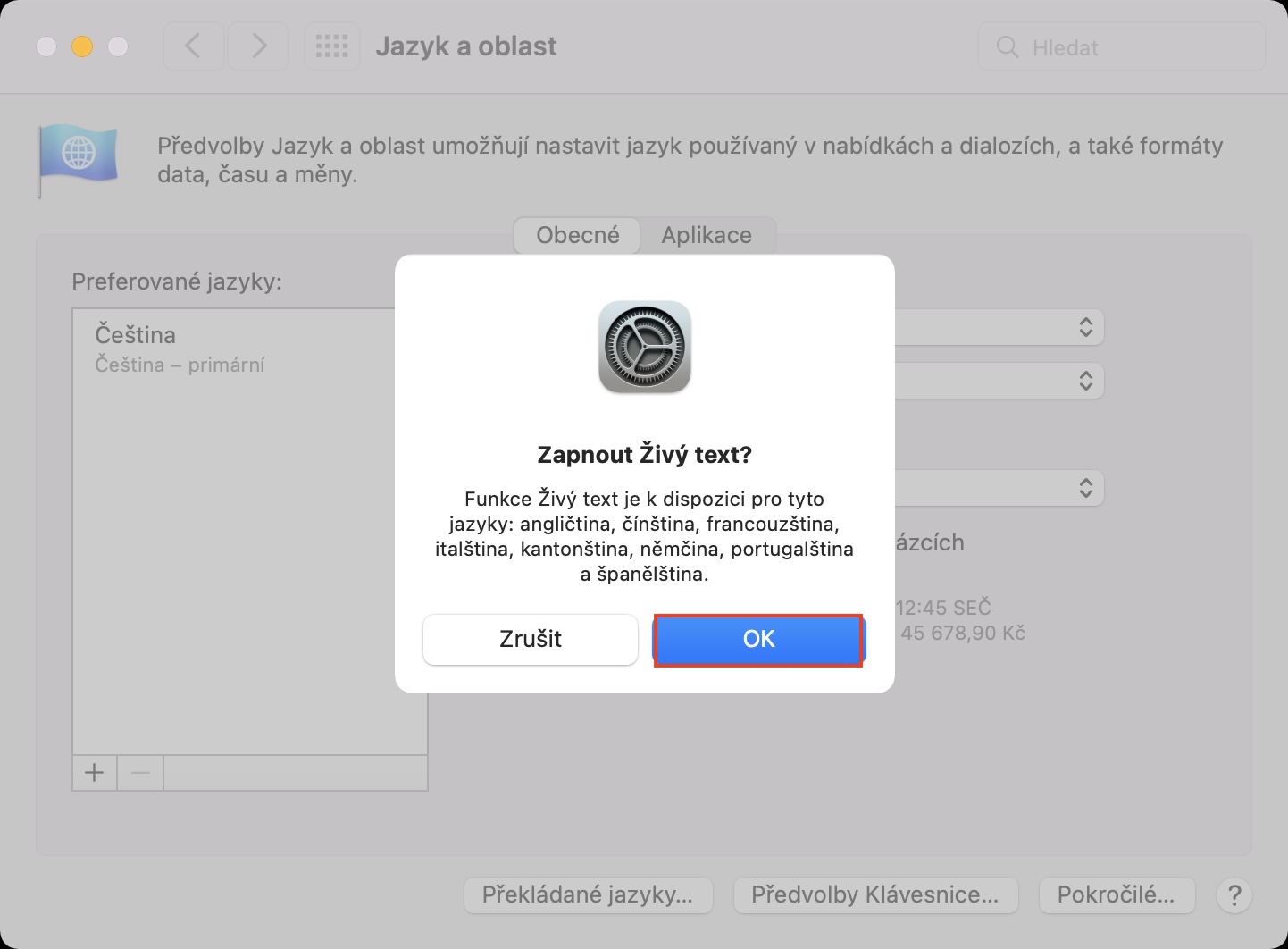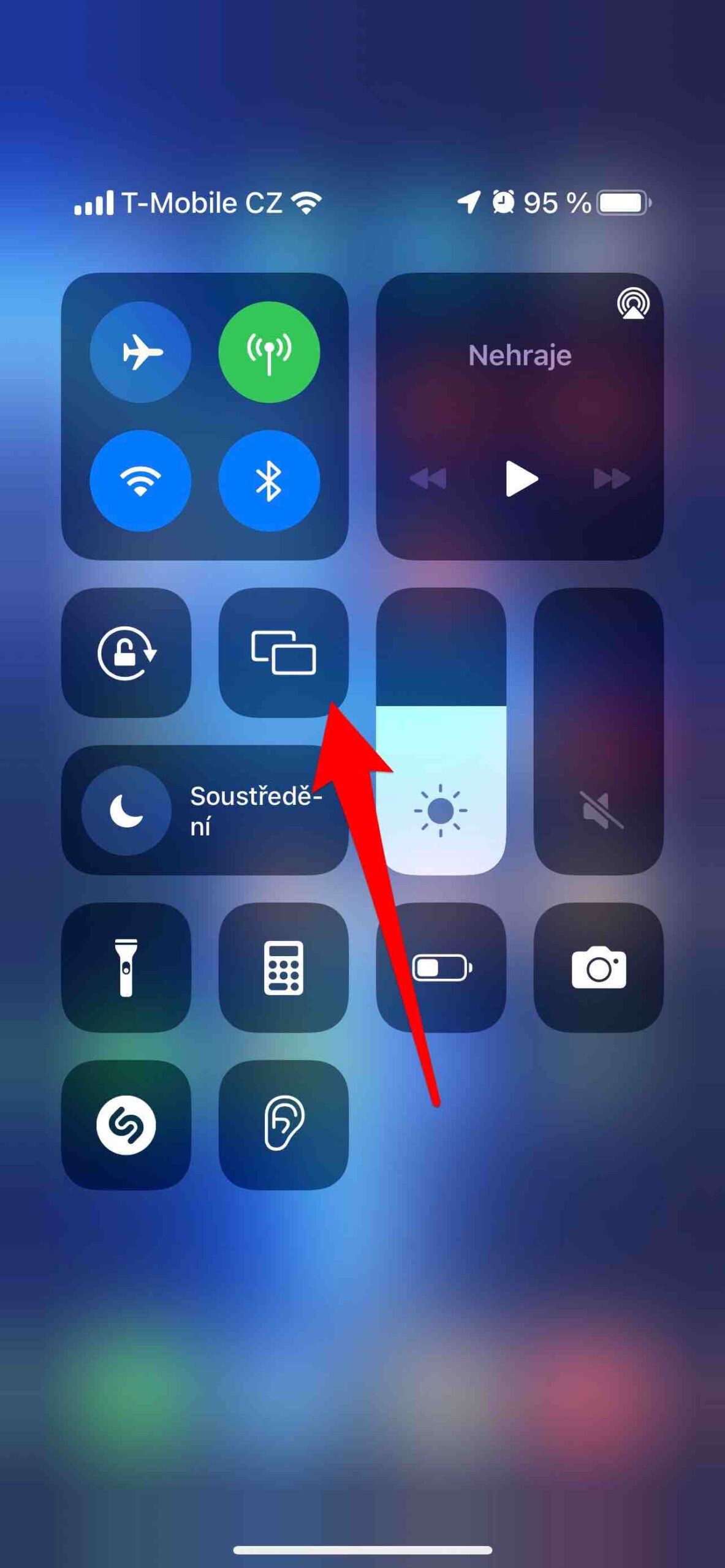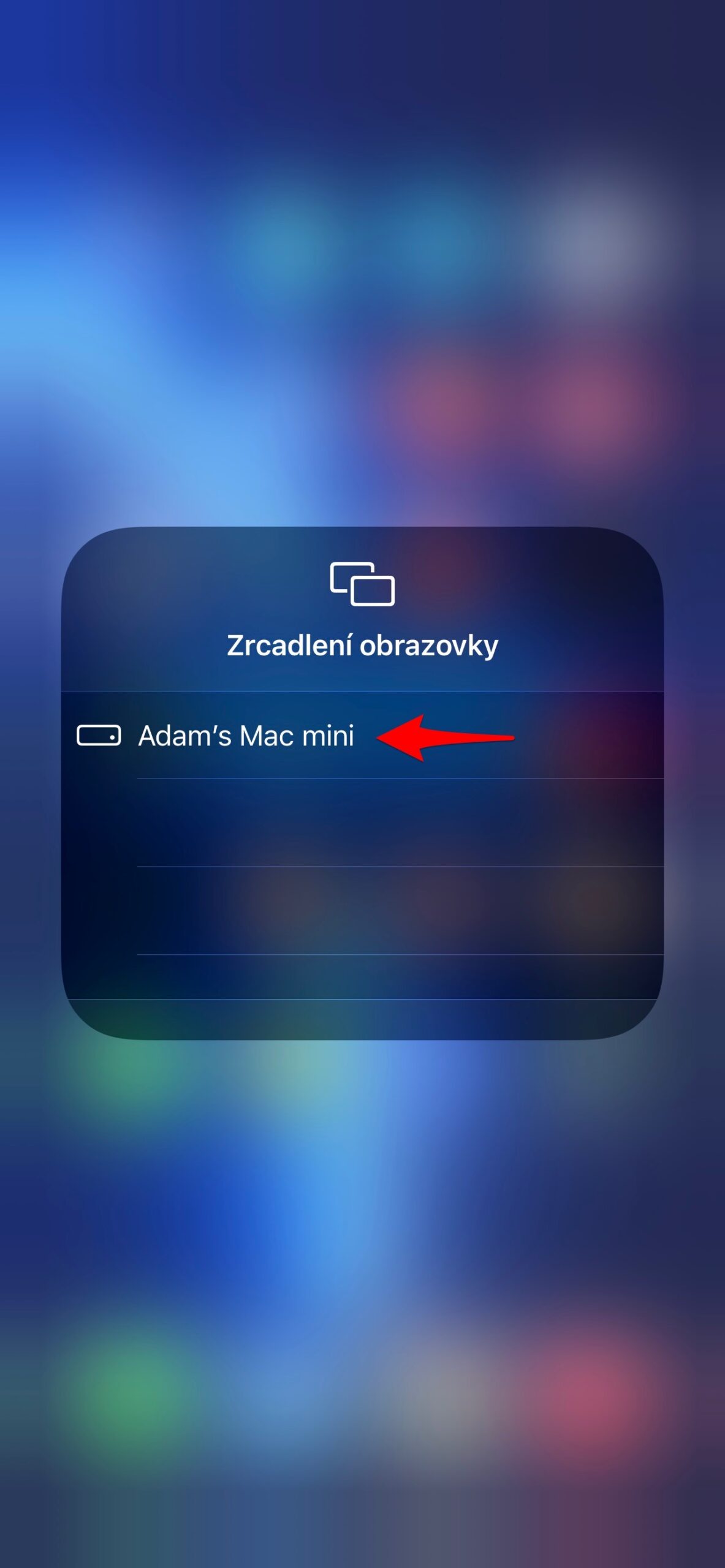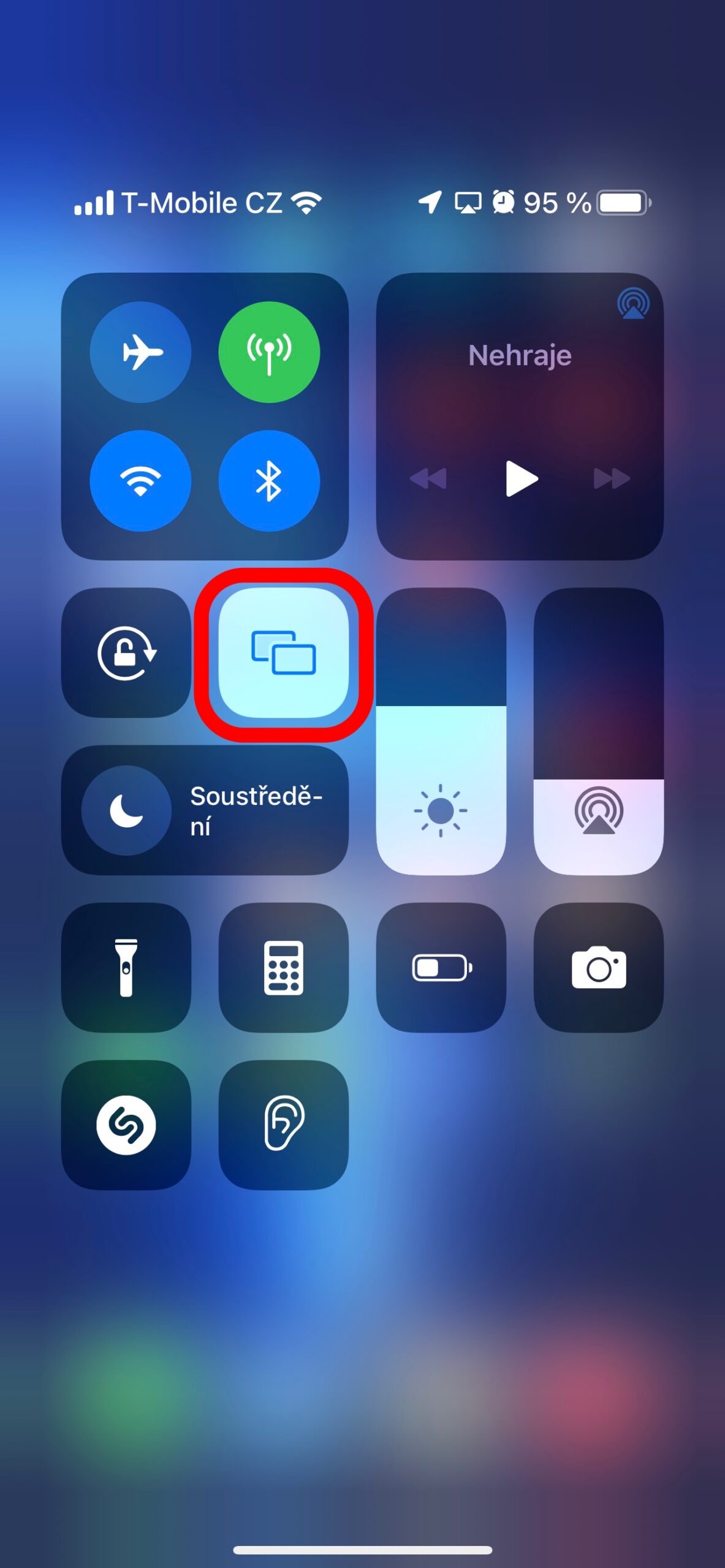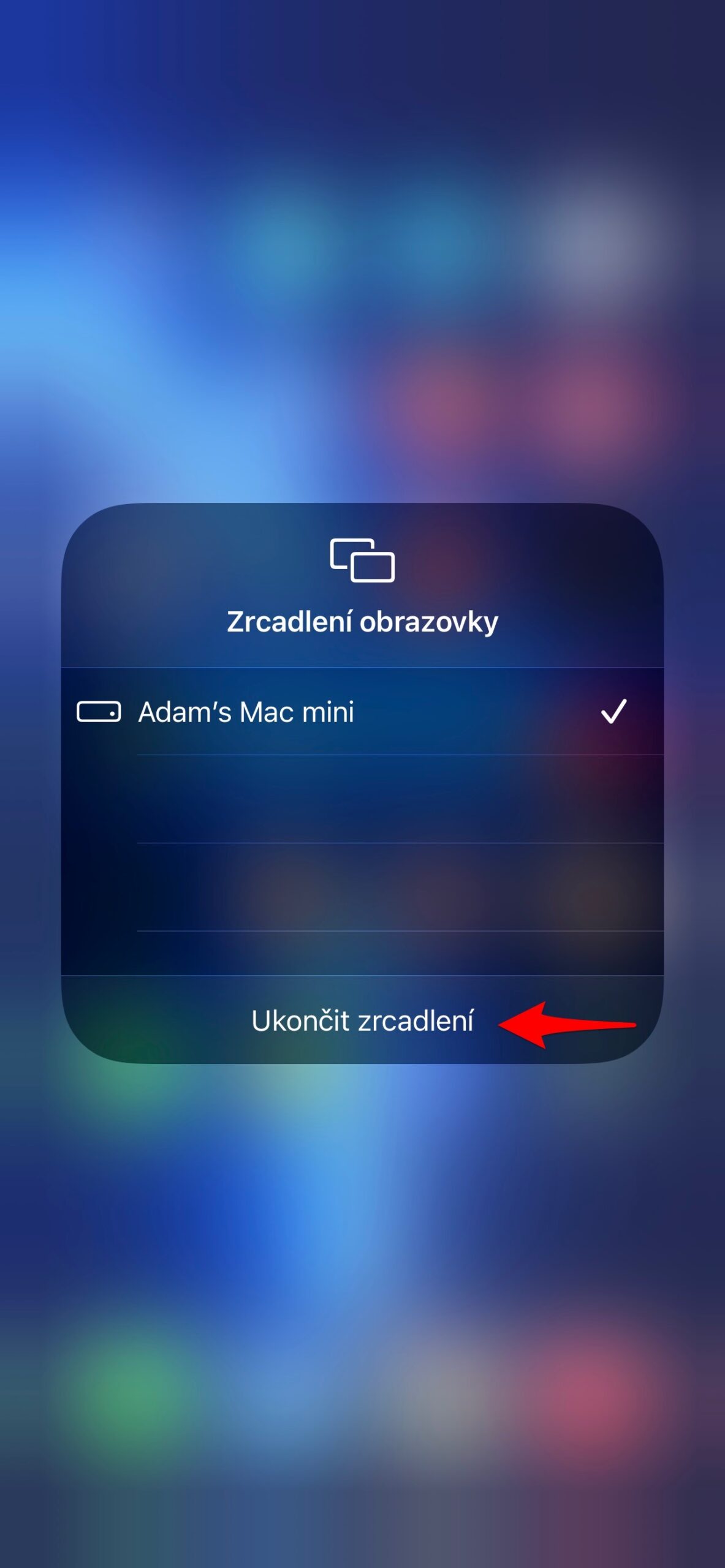We saw the introduction of the latest operating system for Apple computers in the form of macOS Monterey several long months ago. Since then, various articles and guides have appeared in our magazine, in which we look together at the teeth of new functions. Of course, the biggest features grabbed most of the attention, which is completely understandable. However, Apple has come up with many other features that are kind of hidden because no one talks about them. So let's take a look together in this article at 5 hidden features in macOS Monterey that you might find useful.
It could be interest you
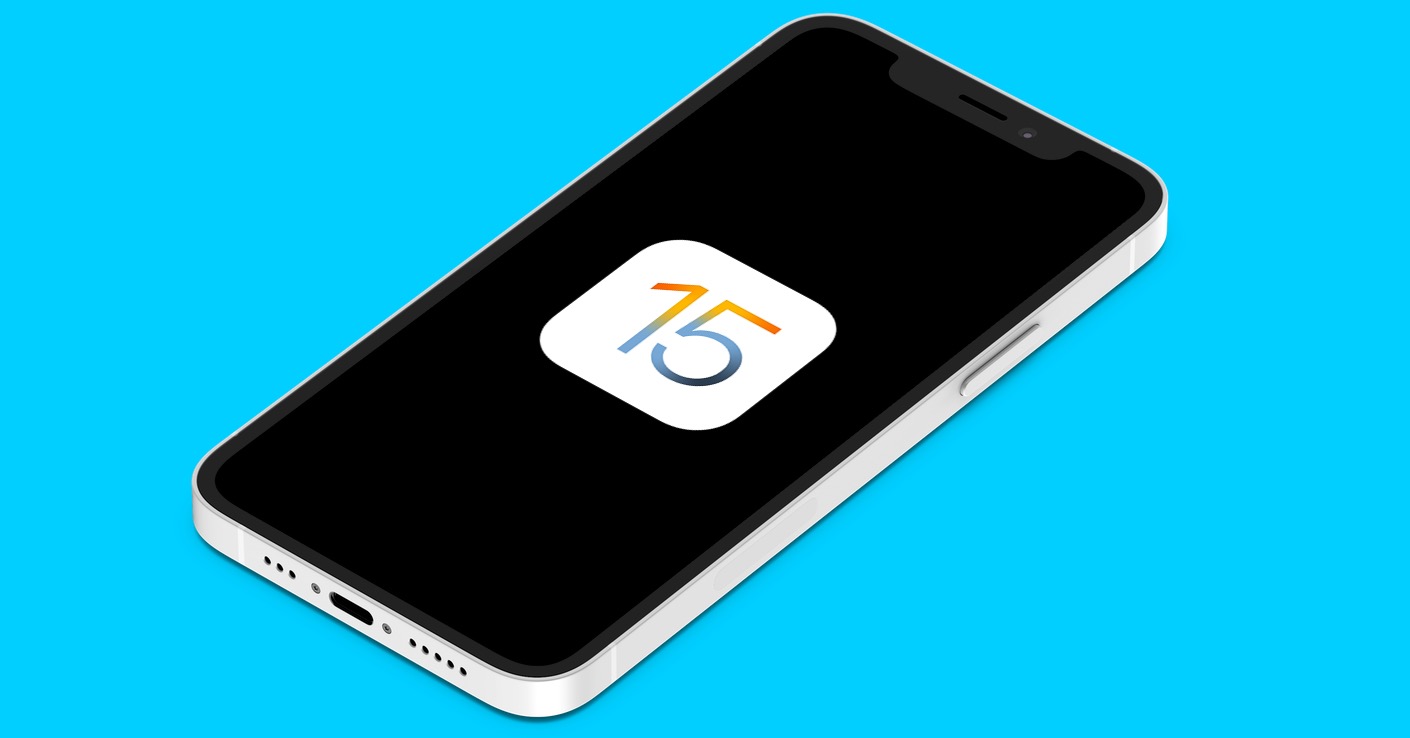
Games folder in Launchpad
Anyone who says that a Mac isn't meant for gaming is living a few long years in the past. Newer Apple computers already have power to spare, which means that you can play even the latest games on them without any problems. Thanks to this fact, it can be expected that the availability of games on macOS will improve a lot in the future. If you install a game on your Mac, you will of course find it in Applications, which means you can launch it from this folder, or perhaps using Spotlight. What's new is that in the Launchpad, which is also used to open applications, all games are now automatically placed in the Games folder, so you won't have to search for them. In addition, you will be able to easily access them using the game controller.
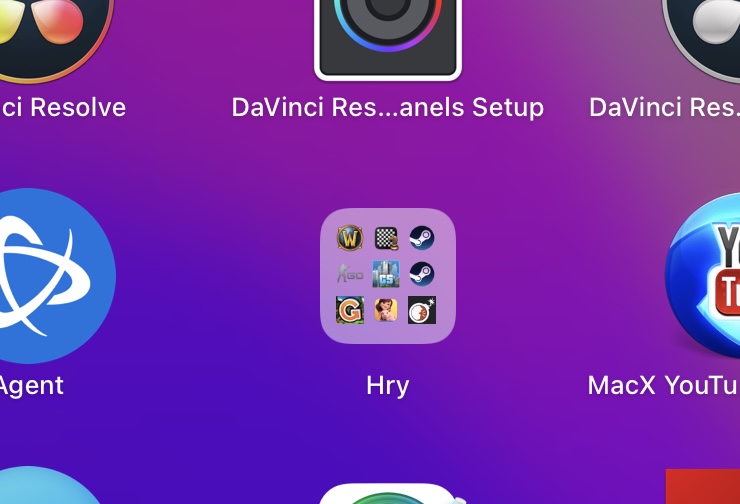
Screensaver Hello
As most of you probably know, some time ago Apple introduced a brand new and redesigned 24″ iMac with an M1 chip. Compared to its predecessors, this iMac received a new design that is more modern and simpler. In addition, however, it comes with new colors, of which there are several available. Regarding colors, Apple has in a way returned to 1998, when the color iMac G3 was introduced. The word Hello is also iconic for this iMac, which Apple resurrected with the introduction of the 24″ iMac. In macOS Monterey, the Hello screen saver is available, after setting and activating it, greetings in different languages will be projected onto the screen. To set up this saver, just go to System Preferences -> Desktop & Saver -> Screen Saver, where you can find the saver in the list on the left Hello, on which click
Live Text on Mac
Part of the iOS 15 operating system, which was released a few weeks before macOS Monterey, is the Live Text function - that is, if you own an iPhone XS and later, that is, a device with an A12 Bionic chip and later. With the help of this function, it is possible to convert the text found on a photo or image into a form in which it can be easily worked with. Thanks to Live Text, you can "pull" any text you need from photos and images, along with links. Many people have no idea that Live Text is also available in macOS Monterey. It is only necessary that it be activated, namely in System Preferences -> Language & Region, where simply tick possibility Select text in images.
Content on Mac via AirPlay
If you own a smart TV or Apple TV, you certainly know that you can use AirPlay. Thanks to the AirPlay function, it is possible to easily share any content from an iPhone, iPad or Mac to a supported screen, or directly to Apple TV. In certain cases, it is not entirely ideal to watch content on the small screen of an iPhone or iPad. In that case, just use AirPlay and transfer the content to a larger screen. But if you don't have a supported smart TV or Apple TV at home, you've been out of luck until now. However, with the arrival of macOS Monterey, Apple made AirPlay available on the Mac, meaning that you can project content from the iPhone or iPad screen to the Mac screen. If you want to project the content being played, open the control center, then click the AirPlay icon in the right part of the tile with the player, and then choose your Mac or MacBook in the bottom part. For other applications, such as Photos, you need to find the share button, then click on the AirPlay option and select Mac or MacBook from the list of devices.
Automatic switch to HTTPS
Currently, most websites already use the HTTPS protocol, which in IT enables secure communication in a computer network. In a way, it can be said that it is already a standard, however, it is necessary to mention that some websites still work on classic HTTP. In any case, Safari in macOS Monterey can now automatically switch the user to the HTTPS version of the page after switching to an HTTP page, that is, if the specific page supports it, which is definitely useful - that is, if you want to feel even more secure on the Internet. The HTTPS protocol ensures authentication, confidentiality of transmitted data and its integrity. In this case, there is no need to worry about anything, Safari will do everything for you.
It could be interest you
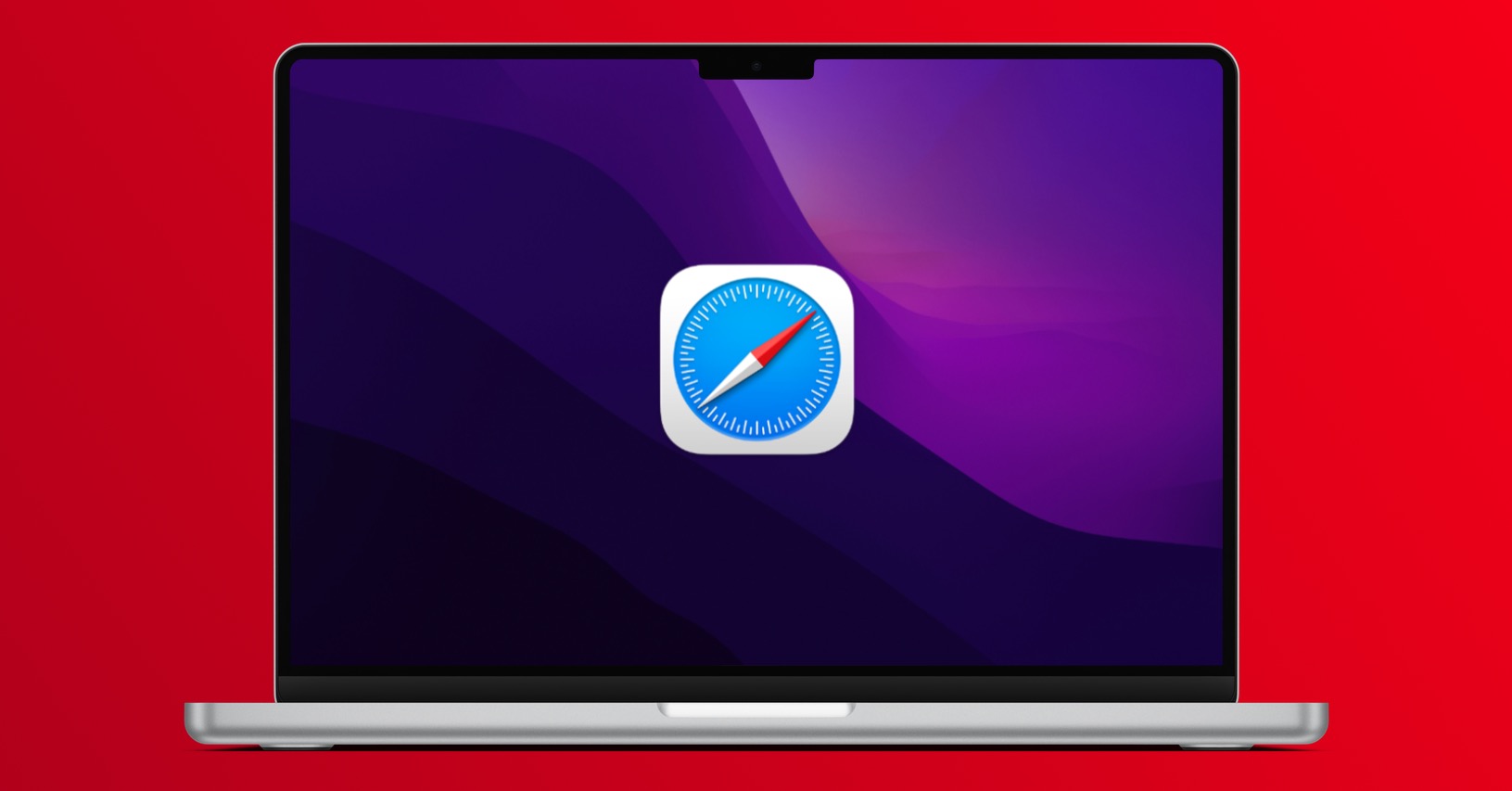
 Flying around the world with Apple
Flying around the world with Apple 


